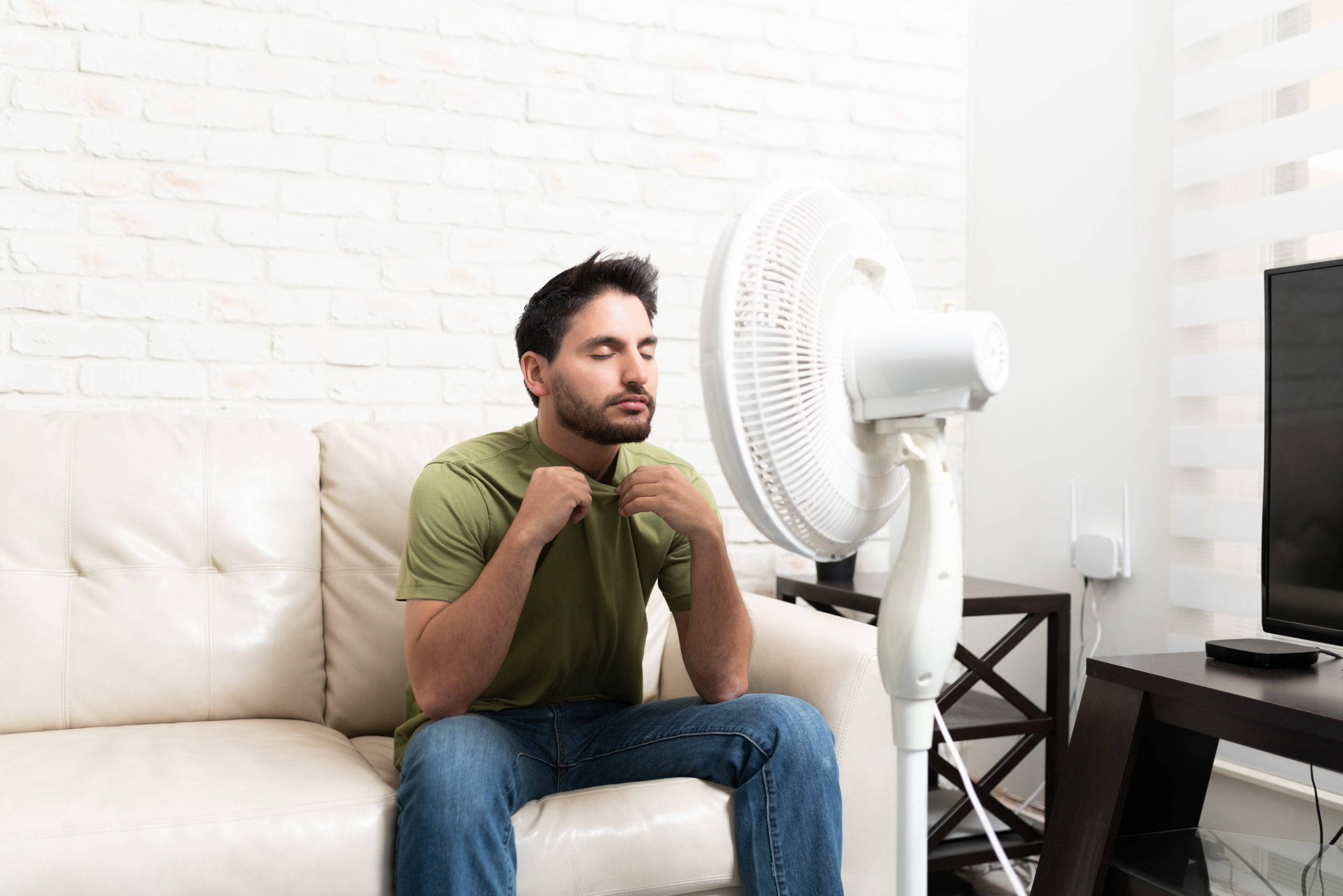
18 July 2022
What employers should do during a heatwave
The Met Office has issued an ‘extreme heat’ warning, meaning there is a real danger to health for the UK population.
What does this mean for those of us that are working during the heatwave? Are employers obligated to keep the temperature in the workplace below a certain level? And what are their obligations to employees who are particularly vulnerable to extreme heat?
Does an employer have to keep the office cool?
There is no law that sets a maximum temperature in a workplace. The Workplace (Health, Safety and Welfare) Regulations 1992 simply say that the temperature should be ‘reasonable’. What is ‘reasonable’ will vary according to the type of workplace, although there have been attempts to put pressure on the government to set a maximum working temperature. On 11 July 2022, the TUC called for the introduction of an upper limit of 27°C, at which point an employer would be required to take action, with an absolute maximum of 30°C, (or 27 degrees C for those doing strenuous jobs) above which workers would not have to continue working and an employer would be liable for prosecution. However, that pressure has not resulted in any regulatory change, so employees who feel that their workplace is too warm should bring it to the attention of their employers, who should then consider what steps can and should be taken to address the issue.What about those who work outdoors?
There is no maximum temperature for those doing outside work, but the Health and Safety at Work Act 1974 states employers should do everything ‘reasonably practicable’ to ensure a safe and healthy workplace, and this may include providing water or sunscreen as appropriate.Do I have to continue to wear my usual work attire during a heatwave?
There is no general rule to say whether you must continue to wear a suit, or office wear, if temperatures spike. This comes down to reasonable behaviour on the part of both the employer and the employee. Most workplaces will have a dress code and guidelines on what they consider to be acceptable standards of dress in the workplace, but employers should consider what is reasonable, and excessive heat is a health and safety issue so should be considered when making any decisions.So what should employers do?
The Health and Safety Executive (HSE) suggests that an employer should monitor the ‘thermal comfort’ levels of employees, which describes their state of mind as to whether they feel too hot or cold. If there is an issue in relation to the thermal comfort of staff, an employer should consider carrying out a risk assessment of the workplace. The HSE gives a ‘thermal comfort checklist’ to refer to. Additional steps should be taken for employees who are:- Pregnant
- Suffering from certain conditions
- Taking medication particularly affected by temperature fluctuations





